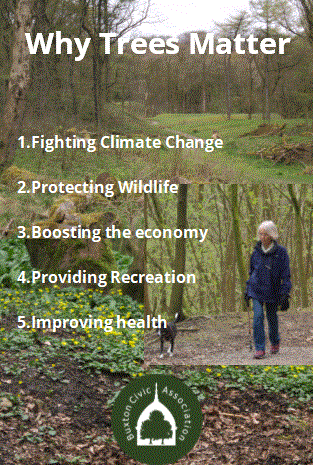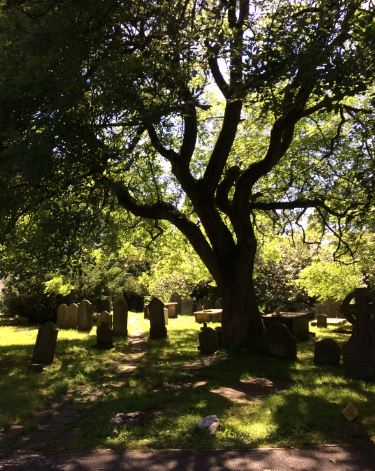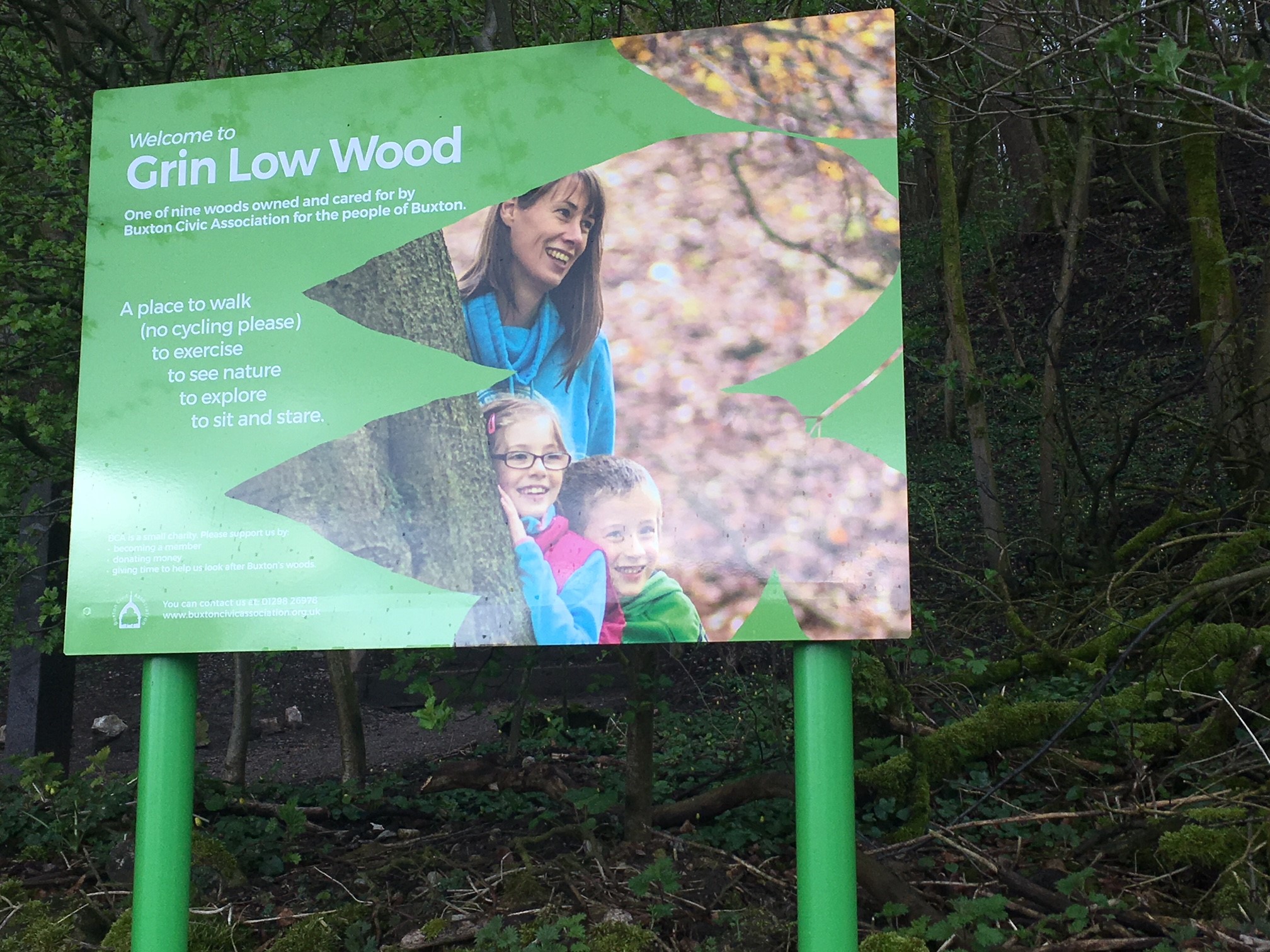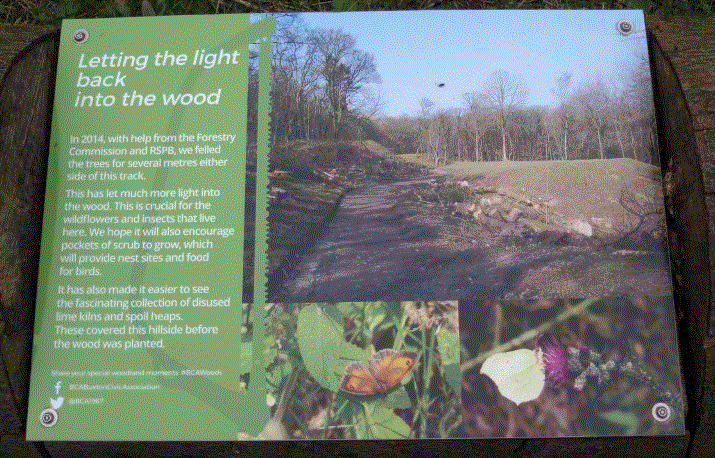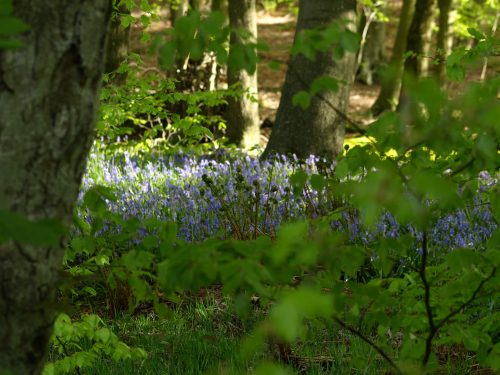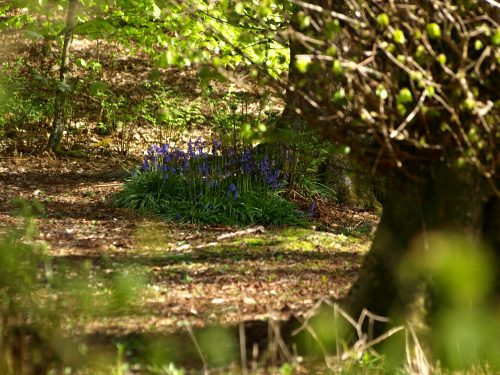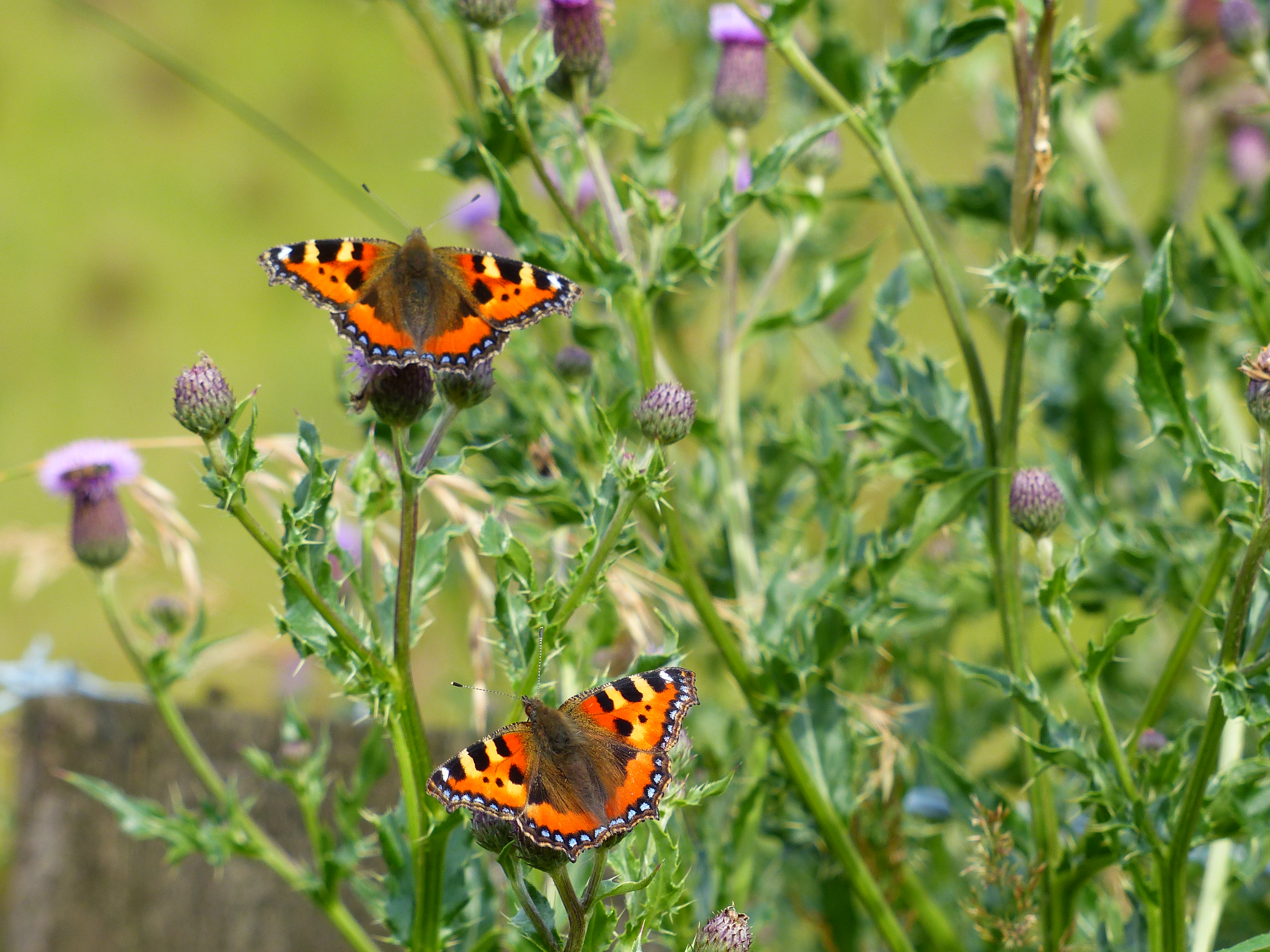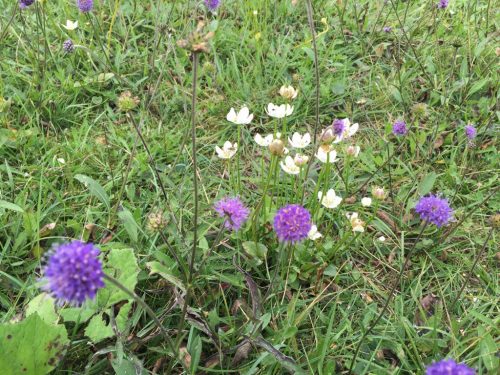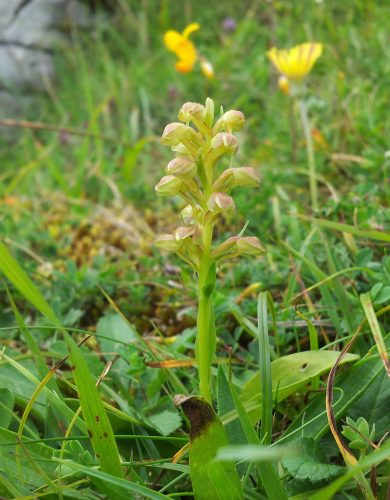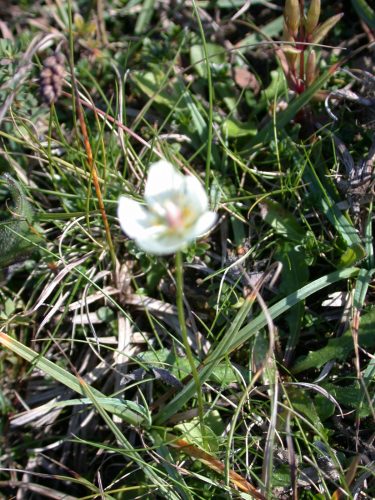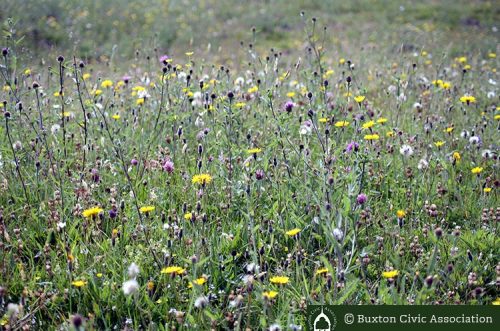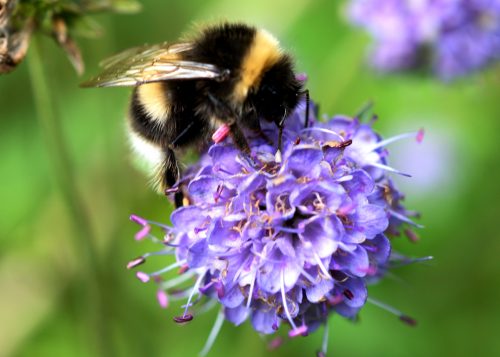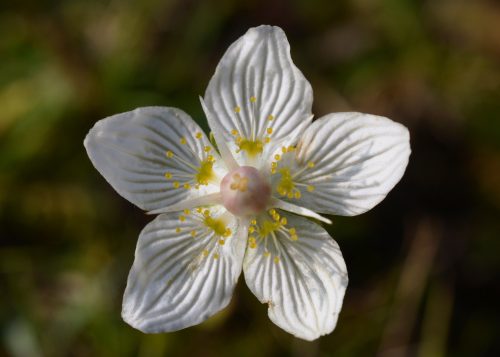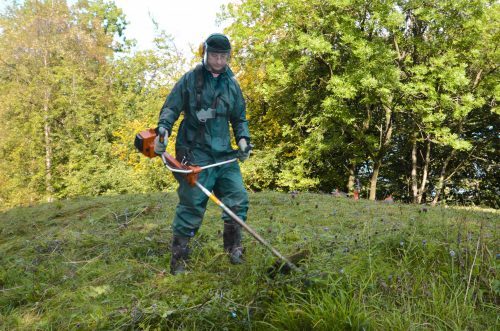A report on Gerald Price's talk on the work of the Woodland Trust - by Simon Fussell
Gerald Price began his talk to members of Buxton Civic Association on the ‘Importance of Trees and the work of the Woodland Trust’ with the story of the origins of the Trust.
In 1972 Kenneth Watkins a Devonshire farmer looked out one day at the wooded hillside across from his farm. He was struck by the thought that, if the grubbing up of trees and hedges continued, the beautiful ancient woodland that was such an important part of his world, would be gone. Burnt and ploughed up in a blaze of subsidies and ‘modern’ agricultural practise.
He decided to do something about it. He bought it. And rather than hide it away behind ‘keep out’ and ‘do not enter’ signs, he encouraged the public to come in, to walk, to linger, to enjoy the shade and the wildlife of the woodland. To share his woodland, if they were responsible about it of course.
Now 45 years later the organisation that he and other enlightened folk started, The Woodland Trust, has 1100 woods and 250,000 members. They have an objective. Currently 12.5% of the country is wooded. The Woodland Trust want this to be 25%, and they are launching a Charter, 800 years after the Charta de Foresta, which provided protection and recognition of the rights of the commoners to the woods and forests, that had been so ruthlessly eroded in the years since the Norman Conquest.
The new Charter for trees, woods and people will provide a set of policies and guidelines to ensure that we protect and cherish our woodlands for centuries to come.
The Trust celebrate trees wherever they are. The urban trees make up a vital and increasingly importance part of our national woodlands. The percentage of land with trees in places such as London and Leicester is around 20%, far higher than the 12.5% National Average. As well as providing a welcome break to the city skyline, they are a refuge for wildlife, and a source of wellbeing for the city dweller.
But of course you cannot plant a woodland, only a plantation. Woodlands take time and evolve over centuries, 4 of them for a decent ancient woodland. They need deadwood to flourish, and insects, animals, plants, fungi and mosses to establish themselves to live and die and provide the lifeblood for the next generation, all across the ebb and flow of a thousand seasons.
For the Woodland Trust, small can be beautiful. A 2-acre wood, where once there was a waste ground, has a beauty and a utility that far out strips its size. It does not take long for a difference to be made. Within 5-10 years the land can be transformed from dull monoculture to the chaotic tangled beauty of a young wood.
It provides a refuge for wildlife, and extra biodiversity, becomes a cherished place to walk or to sit. A place to think. Somewhere to appreciate the rhythm, the hum and throb of the seasons.
And of the Wildwood that once cloaked so much of our island? It is gone. Long gone. We cannot recreate it and it is perhaps best not to try. The wildwood took many millennia to evolve, and who knows it may return. But in its own time and at its own speed.
In the meantime, we have the Woodland Trust to thank for helping to ensure that trees stay important to us and our children.
The Woodland Trust
